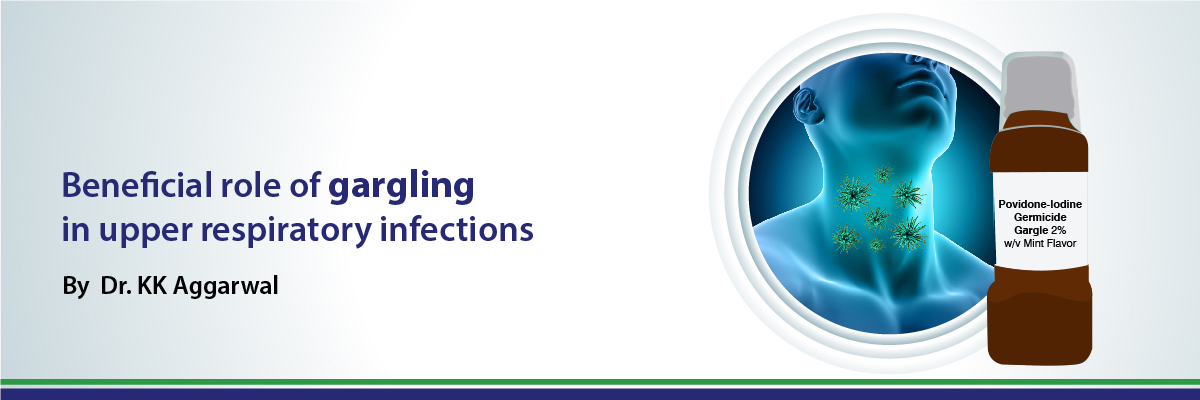
 IJCP Editorial Team
IJCP Editorial Team
Beneficial Role of Gargling in Upper Respiratory Infections
Gargling has been a traditional home remedy for sore throats. The effectiveness of gargling for preventing upper respiratory tract infections (URTIs) among healthy people has been demonstrated.1 In Japan, gargling is generally accepted and strongly recommended as a preventive measure for URTIs.2 Most URTIs are viral in nature. COVID-19, caused by the SARS-CoV-2 virus, can present as a mild illness of the upper respiratory tract,3 although its effects go beyond the respiratory system, resulting in numerous extra-pulmonary manifestations.
Adherence and colonization of the respiratory pathogen to the oropharyngeal mucosa is the initial step in the development of upper respiratory infections.4
Gargling with an oral antiseptic such as PVP-I has been advocated as a preventive measure against respiratory infections. The advantages of PVP‐I are its universal spectrum of antimicrobial activity (covering Gram-positive and Gram-negative bacteria, viruses, fungi, protozoa, and bacterial spores), faster onset of action, more persistent effect and low potential for resistance.4,5
PVP-I has higher virucidal activity than other commonly used antiseptic agents, including chlorhexidine and benzalkonium chloride.6
PVP-I gargle has been found to inactivate several viruses including adenovirus, mumps, rotavirus, poliovirus (types 1 and 3), coxsackie virus, rhinovirus, herpes simplex virus, rubella, measles, influenza and human immunodeficiency virus. 4 It is also effective against the highly pathogenic (H5N1) and low pathogenic (H5N3, H7N7 and H9N2) strains of avian influenza A viruses7 and swine influenza viruses (H1N1, H3N2 and H1N2).8 PVP-I has shown significant efficacy against the related coronaviruses - Sudden Acute Respiratory Syndrome (SARS) and Middle East Respiratory Syndrome (MERS) - in in vitro studies. 9
Recent evidence suggests that the oral cavity plays a role in the transmission and pathogenicity of SARS-CoV-2, first as a portal of entrance of the virus in the body and then as a virus reservoir.10
Throat is a major site of replication and shedding of virus in COVID-19.11 German researchers have demonstrated active virus replication in tissues of the upper respiratory tract. Pharyngeal virus shedding was very high during the first week of symptoms, with a peak at 7.11 × 108 RNA copies per throat swab on the fourth day of the illness.3 The highest viral load in throat swabs has been observed at the time of onset of symptoms suggesting that the infected person was most contagious either on or just before symptom onset. Viral shedding may occur 5-6 days before the first symptoms become evident.12
Recent publications have suggested that rinsing the oral cavity may control and reduce the risk of transmission of SARS-CoV-2.6 It is hypothesized that it exerts its beneficial effects by removing the oral/pharyngeal protease, which helps viral replication.13
Studies have shown that PVP-I mouthwashes and gargles significantly reduce viral load in the oral cavity and the oropharynx.14
In vitro studies have demonstrated that PVP-I also has virucidal activity against the SARS-CoV-2 virus.
PVP-I has rapid and effective virucidal activity against SARS-CoV-2. In their study published in Infectious Diseases and Therapy, Anderson et al reported more than 99.99% virucidal activity (equivalent to ≥ 4 log10 reduction of virus titer) against SARS-CoV-2 within 30 s of contact with all PVP-I products tested in a study namely, antiseptic solution (PVP-I 10%), skin cleanser (PVP-I 7.5%), gargle and mouth wash (PVP-I 1%) and throat spray (PVP-I 0.45%).15 Tsai et al have demonstrated evidence of virucidal activity of PVP-I gargle and mouthwash against SARS-CoV-2 in just 15 seconds,16 as did Bidra et al.17
Therefore, gargling may not only reduce severity of infection, but also reduce risk of community transmission by decreasing the viral load of SARS-CoV-2 in the throat and consequently the amount of virus (respiratory droplets) exhaled out10 while sneezing, coughing, talking, singing.10 It is a cost-effective preventive strategy and should be complementary to hand hygiene, masking, physical distancing that are routinely recommended for protection against COVID-19.
References
- Satomura K, et al. Prevention of upper respiratory tract infections by gargling: a randomized trial. Am J Prev Med. 2005;29(4):302-7.
- Sakai M, et al; Great Cold Investigators-I. Cost-effectiveness of gargling for the prevention of upper respiratory tract infections. BMC Health Serv Res. 2008;8:258.
- Wölfel R, et al. Virological assessment of hospitalized patients with COVID-2019. Nature. 2020;581(7809):465-469.
- Kanagalingam J, et al. Practical use of povidone-iodine antiseptic in the maintenance of oral health and in the prevention and treatment of common oropharyngeal infections. Int J Clin Pract. 2015;69(11):1247-56.
- Lachapelle JM, et al: Antiseptics in the era of bacterial resistance: a focus on povidone iodine. Clin Pract 2013;10:579-92.
- Vergara-Buenaventura A, et al. Use of mouthwashes against COVID-19 in dentistry. Br J Oral Maxillofac Surg. 2020;58(8):924-7.
- Ito H, et al. Outbreak of highly pathogenic avian influenza in Japan and anti‐influenza virus activity of povidone‐iodine products. Dermatology 2006;212(Suppl 1):115-8.
- Ito H, et al. Virucidal efficacy of povidone‐iodine products against swine influenza viruses. J Chemother. 2009;57:508-10.
- Ricardo AP Persaud. Povidone-iodine may be the “silver bullet” in the prevention and control of Covid-19 infection, based on new scientific data. On J Otolaryngol & Rhinol. 2020;3(1).
- Herrera D, et al. Is the oral cavity relevant in SARS-CoV-2 pandemic? Clin Oral Investig. 2020;24(8):2925-2930.
- O’Donnell VB, et al. Potential role of oral rinses targeting the viral lipid envelope in SARS-CoV-2 infection. Function. 2020;1(1):zqaa002.
- He X, et al. Temporal dynamics in viral shedding and transmissibility of COVID-19. Nat Med. 2020;26(5):672-5.
- Kitamura T, et al. Can we prevent influenza-like illnesses by gargling? Intern Med. 2007;46(18):1623-4.
- Eggers M. Infectious disease management and control with povidone iodine. Infect Dis Ther. 2019;8(4):581-93.
- Anderson DE, et al. Povidone-iodine demonstrates rapid in vitro virucidal activity against SARS-CoV-2, the virus causing COVID-19 disease. Infect Dis Ther. 2020:1-7.
- Tsai C, et al. Possible beneficial role of throat gargling in the coronavirus disease pandemic. Public Health. 2020;185:45-6.
- Bidra AS, et al. Rapid in-vitro inactivation of severe acute respiratory syndrome coronavirus 2 (SARS-CoV-2) using povidone-iodine oral antiseptic rinse. J Prosthodont. 2020;29(6):529-33.
Dr KK Aggarwal
President CMAAO, HCFI and Past National President IMA

IJCP Editorial Team
Comprising seasoned professionals and experts from the medical field, the IJCP editorial team is dedicated to delivering timely and accurate content and thriving to provide attention-grabbing information for the readers. What sets them apart are their diverse expertise, spanning academia, research, and clinical practice, and their dedication to upholding the highest standards of quality and integrity. With a wealth of experience and a commitment to excellence, the IJCP editorial team strives to provide valuable perspectives, the latest trends, and in-depth analyses across various medical domains, all in a way that keeps you interested and engaged.








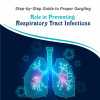
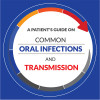
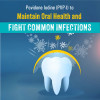
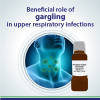
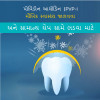

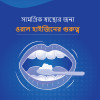
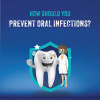
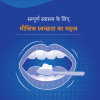
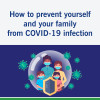

Please login to comment on this article